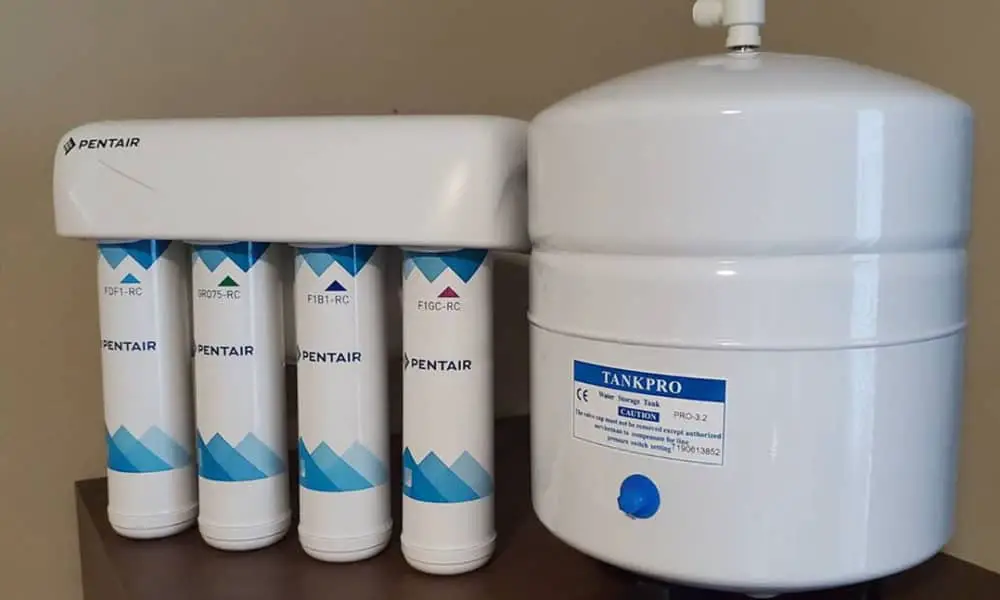Does hard water wreak havoc in your house?
The high concentration of minerals that render water ‘hard’ are responsible for an array of problems; most notably, limescale.
Traditional water softeners, whilst effective, have a series of disadvantages that may have you searching for alternatives.
Home Advisor estimates the typical installation price for a water softener at up to $3000. Combine this with the running cost and effort of replacing salt bags and it is easy to see why the price alone might be discouraging.
Water softeners use ion exchange to replace water-hardening molecules (magnesium and calcium) with sodium chloride (salt). The high concentration of salt in the resulting water is bad for the environment and anyone trying to reduce their salt intake.
The water treatment industry is rapidly evolving in the development of alternative softening systems. This is driven by society’s increased awareness of the problems caused by water hardness and heightened pressure on industries to act sustainably.
Whatever your reason for wanting to move away from traditional water softening systems, we are here to let you know that there are plenty of alternatives!
1. Reverse Osmosis (RO) systems
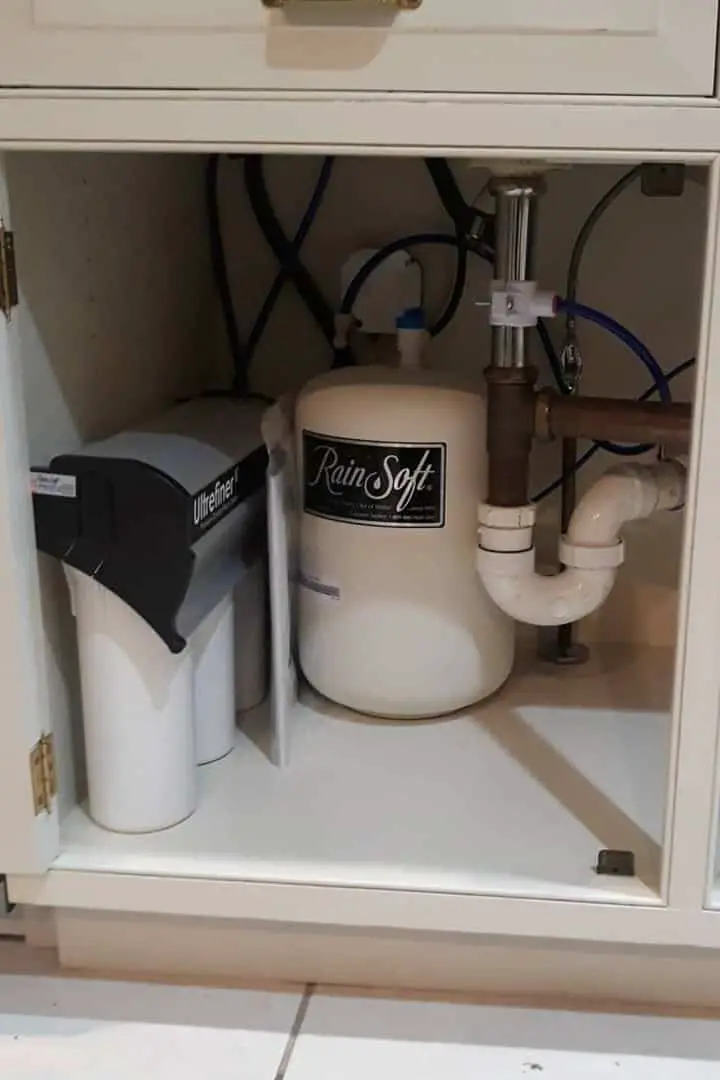
RO systems use pressure to force water through a semi-permeable membrane and filter contaminants out of water. For a visual explanation of how reverse osmosis works, watch this video from SA Water.
RO systems are one of few salt-free systems that will actually remove hardening molecules from your water. These systems also take it one step further by filtering out other impurities and minerals.
When properly maintained, RO systems are very effective at removing harmful components such as bacteria, metal traces and contaminants.
This effectiveness, whilst seemingly a major selling point of RO systems, is also a profound disadvantage.
The reason for this is that they literally strip all minerals from the water, leaving it ‘demineralised’. A study conducted by the World Health Organisation suggested that drinking demineralised water can lead to cardiovascular disease and subsequent death, among other health issues.
Furthermore, if your reason for seeking an alternative to water softeners has anything to do with price, RO systems might not be the best option for you. Their complicated design and delicate filters make them expensive and difficult to maintain.
2. Template Assisted Crystallisation (TAC)
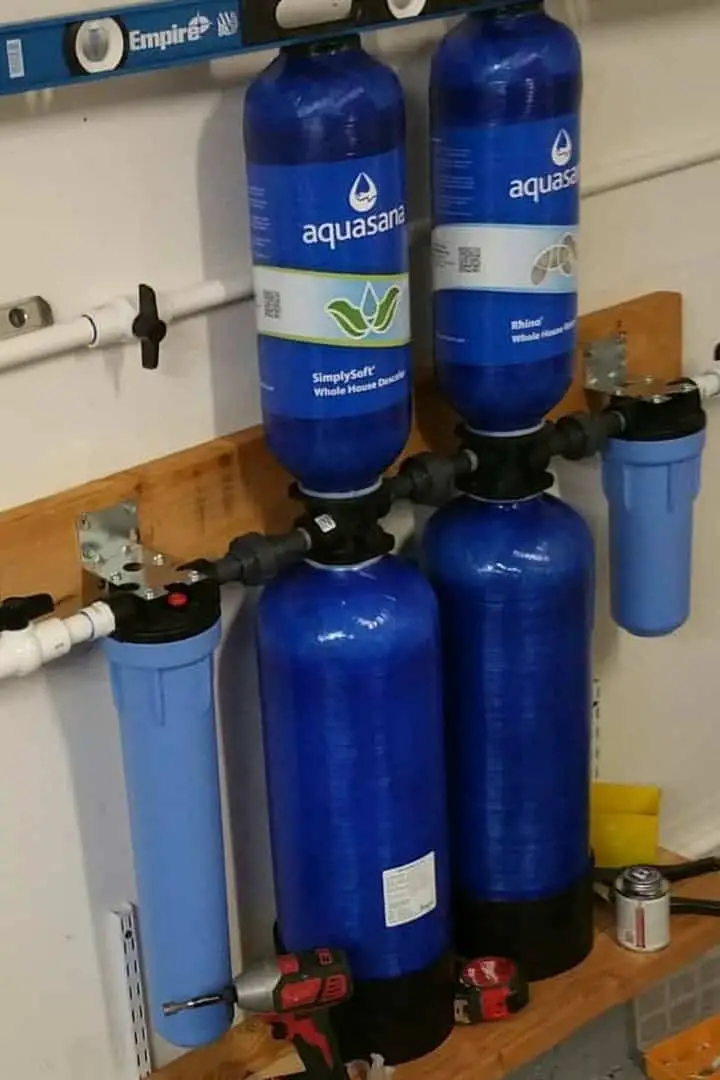
Rather than removing or replacing ‘hard’ molecules, TAC systems use crystallisation to alter the chemical structure of these molecules to reduce their adhesivity. This process stops them from sticking to pipes and surfaces in the form of limescale.
TAC was found to be the most effective salt-free system for removing limescale in a 2011 study by Arizona State University (ASU), producing reductions of over 90%.
OneFlow® claim that their anti-scale system using TAC also collects existing limescale along the way.
The system uses polymer beads inside the treatment unit meaning that TAC does not require any electricity or drain connections. Also, the beads last around 3 years, which makes it easy to install and maintain.
By using a system that leaves the calcium molecules in the water, you can rest assured that you and your household are still absorbing the beneficial mineral, without the hassle of limescale.
If limescale is your only issue and you want an affordable option to go salt-free, healthy and eco-friendly, then TAC is for you.
3. Electrically Induced Precipitation (EIP) Systems
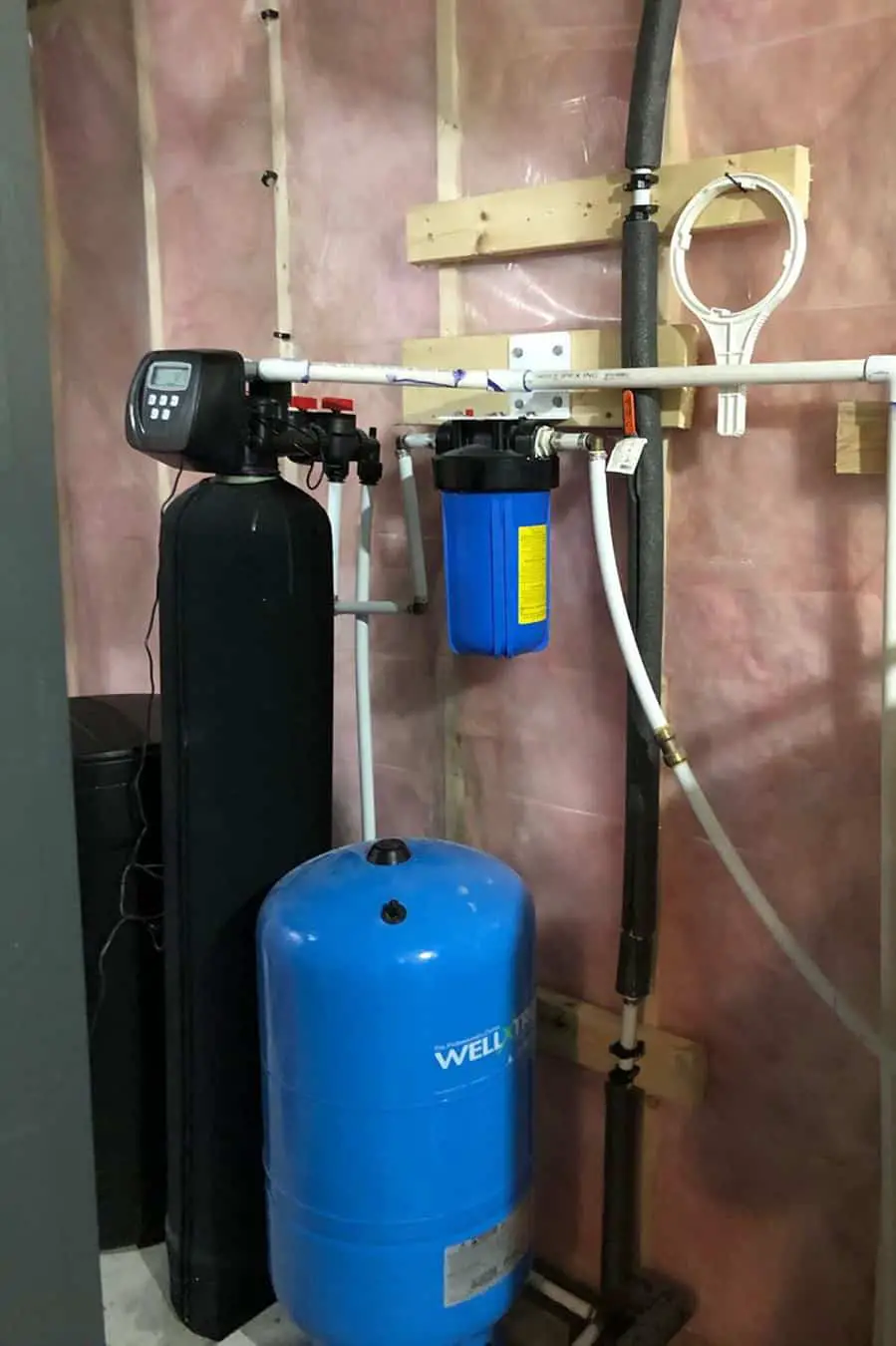
EIP causes hardening molecules to form ‘soft-scale’ (aragonite) on an electrode, rather than ‘hard-scale’ (calcite) on your pipes. The electrode can then be cleaned with intermittent backwashing.
The ASU study found EIP systems to reduce limescale by around 50%, making it much less effective than TAC. These systems are also generally more expensive than TAC systems and require more water due to the need to backwash the electrode.
Despite this, EIP systems may be a convenient alternative to water softeners. They require only a little periodic maintenance and are easy to install yourself.
4. Magnetic/Electromagnetic Water Treatment systems
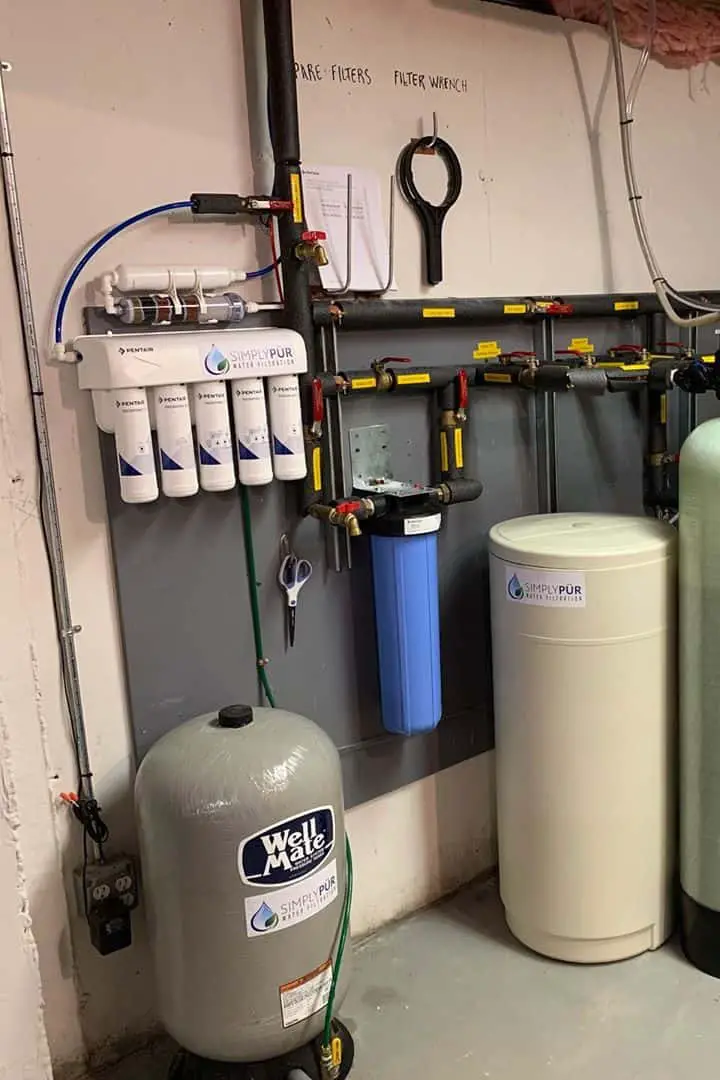
Magnetic fields caused by magnets on either side of a pipe weaken and hydrate magnesium and calcium molecules so that they do not stick to surfaces. The result of this is a limescale reduction of around 50%, according to the ASU study.
Magnetic systems are beneficial because they do not use chemicals and leave the calcium molecules in the water. This means that the water is perfect for drinking and you can still obtain your recommended calcium intake without any further processing.
As well as being beneficial for your health, magnetic systems are good for the environment because they do not produce water waste or require backwashing.
Electromagnetic systems transmit changing magnetic frequencies to reduce the adhesivity of calcium molecules to prevent limescale build-up.
A 2008 study predicted that limescale reduction is optimised when the electromagnetic waves are harmonious with the water frequency. This means that the initial set up may be more difficult than for permanent magnetic water treatment systems.
To see how electromagnetic descalers work, watch iSpring Water Solutions describe their descaling system.
All water conditioning systems using magnetic fields have been intensely scrutinised by the industry and the research has produced a mixture of results.
A 2015 literature review published in the Online Journal of Science and Technology described the existing information about the effectiveness of magnetic systems as “confusing”, highlighting the lack of concrete recommendations in the area.
Despite this, depending on your reason for seeking water softener alternatives, they might still suit your household due to their environmental and health benefits.
If you want a low-cost water softener that will produce optimum drinking water, magnetic water treatment systems might be what you need. Highly rated water conditioners using magnets are available on Amazon for around $30.
It is important to note that the iron levels in your water can have an adverse effect on this system, in which case you might also need an iron filter.
5. Capacitive Deionisation
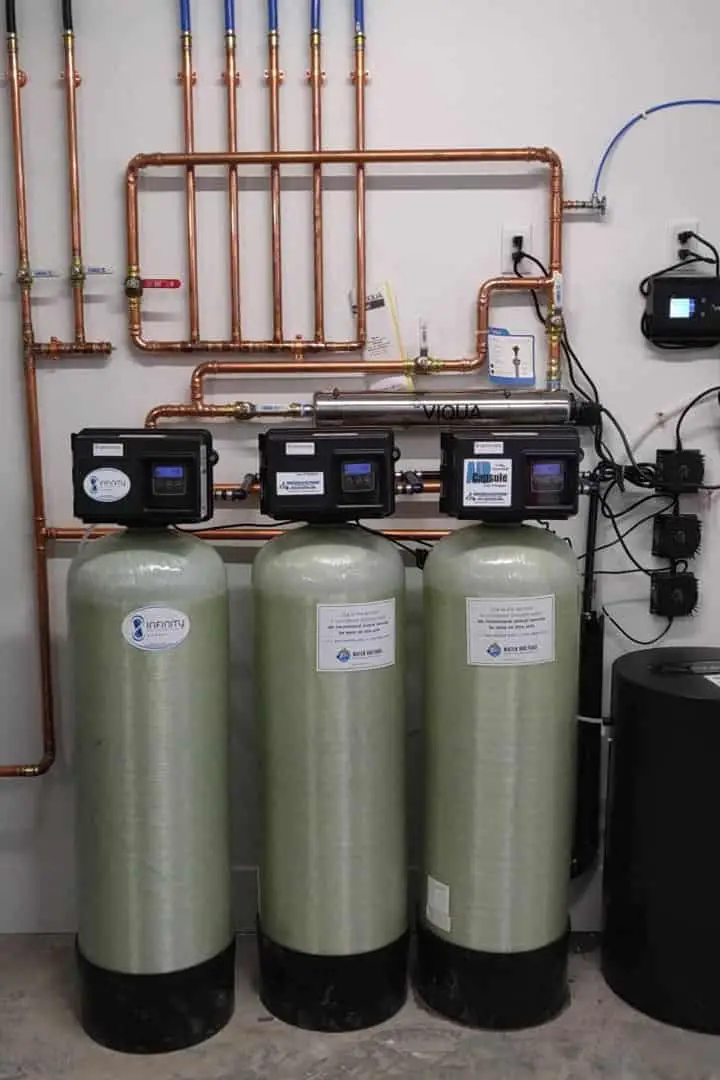
Capacitive deionization, also referred to as electrically regenerated ion exchange uses electrodes to split molecules into negative and positive ions and remove them, thereby reducing hardness. This method also requires intermittent backwashing to dispose of the extracted material.
This electrochemical technique is energy efficient, affordable to run and reasonably environmentally friendly.
The ASU found it to be the second most effective system at reducing limescale (83%), after TAC.
Despite the advantages, if you are looking for a more affordable or environmentally friendly option, this probably isn’t for you. The upfront costs are relatively high, and this system uses a lot of energy.
Furthermore, this system has been developed mostly for commercial use and produces pure, demineralised water. Like reverse osmosis systems, this means that the water does not provide the health benefits gained from calcium consumption.
6. Less developed water softener alternatives
There are further systems on the market that we have not discussed fully due to a lack of research into their effectiveness. The University of Minnesota evaluated emerging technology using radio waves and chelation.
Radio wave technology sends signals from outside to inside a pipe, suspending the ions in the water and reducing their adhesivity. Chelation uses an additional chemical to react with the hardening molecules and prevent them from forming limescale.
The effectiveness of chelation looks promising, but further research is needed, whilst radio wave technology has been found to be very efficient in commercial settings.
Both are low-cost descaling techniques that do not produce excess water or require complicated maintenance. Perhaps, in the future, once more research has been done, we can recommend one of these systems as an effective alternative.
Water softener alternatives: to remove, replace or alter?
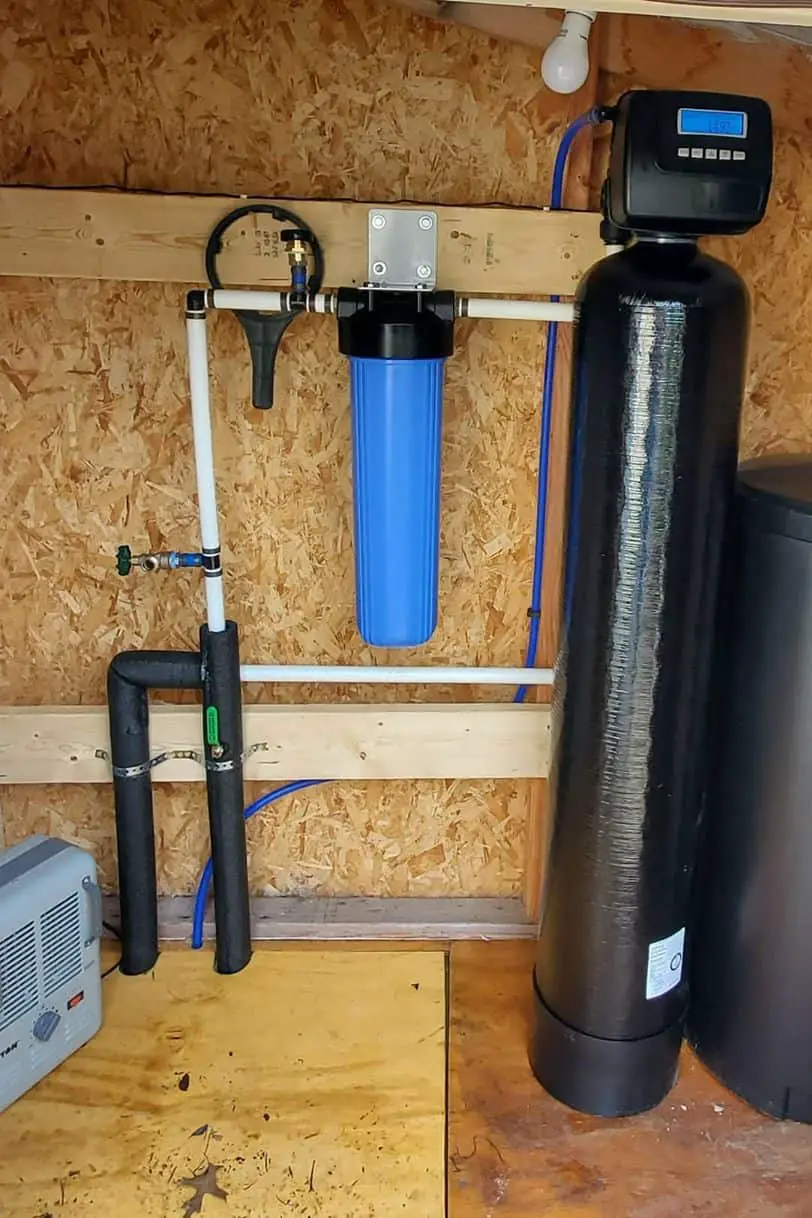
There is a huge range of water softener alternatives on the market, some more effective than others. This is a newly expanding market that is not expected to stop growing any time soon.
Most salt-free water softener alternatives require little maintenance and are much better for the environment, as they do not waste water or introduce large amounts of salt to the ecosystem.
However, if you require truly soft water then you will still need to use a traditional water softener.
Anything that does not actively remove the calcium and magnesium from the water is not technically a softener. Salt-free softeners do not ‘soften’ per se, and, according to Master Water Specialist, John Woodard, would be more aptly named “salt-free water conditioners”.
Despite this, if limescale is your main worry, effective systems such as TAC provide a healthier alternative to expensive, time-consuming water softeners.
Water Softener Alternatives:
- Reverse Osmosis: APEC water systems
- Template Assisted Crystallisation: OneFlow
- Electrically Induced Precipitation
- Magnetic/Electromagnetic: Magnetic water conditioner or ScaleBlaster
- Capacitive Deionisation
- Less developed, new technology: radio waves and chelation
Have you used any other water softener alternatives? Let us know what systems have worked for you in the comments below.
